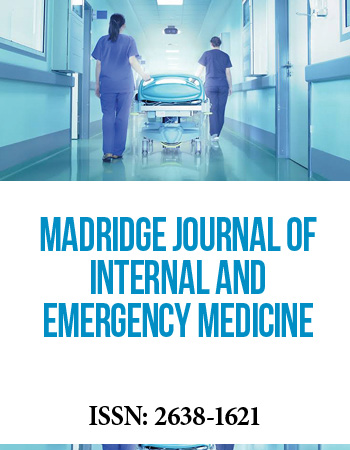International Translational and Regenerative Medicine Conference
April 25-27, 2018 | Rome, Italy
Papillary Thyroid Carcinoma
Enrique Cabrera General Teaching Hospital, Cuba
The papillary thyroid carcinoma is the most frequent endocrine neoplasia and the one with the highest presentation in thyroid carcinomas, prevalence (5-6.5%), predilection for the female sex, second to third decades of life and increase in aging, influences predisposing factors such as head and neck radiation, thyroid nodule background, representing (5-15%), family history and the association with Multiple Endocrine Neoplasia type 2, Cowden syndromes, Gardner, Garney complex or unknown etiology.
Diagnosis based on questioning, specifying exposed history, physical examination, determining consistency, location of the nodule with respect to the gland, size, regional lymph nodes, supraclavicular, growth pattern and complementary studies such as ultrasound that expresses whether it is solid, hypoechoic, irregular borders, microlobulated, microcalcifications, absence of safety halo, thick and incomplete halo, determination of thyroid function with Thyroid Stimulating Hormone (TSH), Thyroglulin and Fine Needle Aspiration Cytology, which according to the Bethesda System confirms carcinoma (97-99%) and diagnosis definitive with freezing biopsy and adenomegalies if they were removed.
Treatment based on total thyroidectomy, later treatment with thyroid hormones (suppressive dose), follow-up with (TSH) per month, one year Gammagraphy and thyrogluline, according to the annual follow-up results in the first 5 years and every 2 years in the following 5 years, every 5 years the rest of the life, if it detects an area in the neck, perform treatment with 131IODO assess every 6 months and repeat at the same time until there is negativity and always doing thyroglycine. Treatments such as chemotherapy and tyrosine kinase inhibitors in non-operable and advanced cases.
Biography:
Dr. Idania Teresa Mora López Graduated in Medicine in 1990, Faculty of Medicine Julio Trigo Lopez, belonging to the Medical Sciences University of Havana. She obtained her First Degree Specialist in Comprehensive General Medicine and Specialist of First and Second Degrees in Endocrinology. And Diploma in Higher Medical Education, Master of Science Satisfactory Longevity & as a Aggregate Investigator. Presently she is Adjunct Assistant Professor of the Dr. Enrique Cabrera Medical Sciences University and the Latin American School of Medicine. She holds wide publications of 15 national / international.


